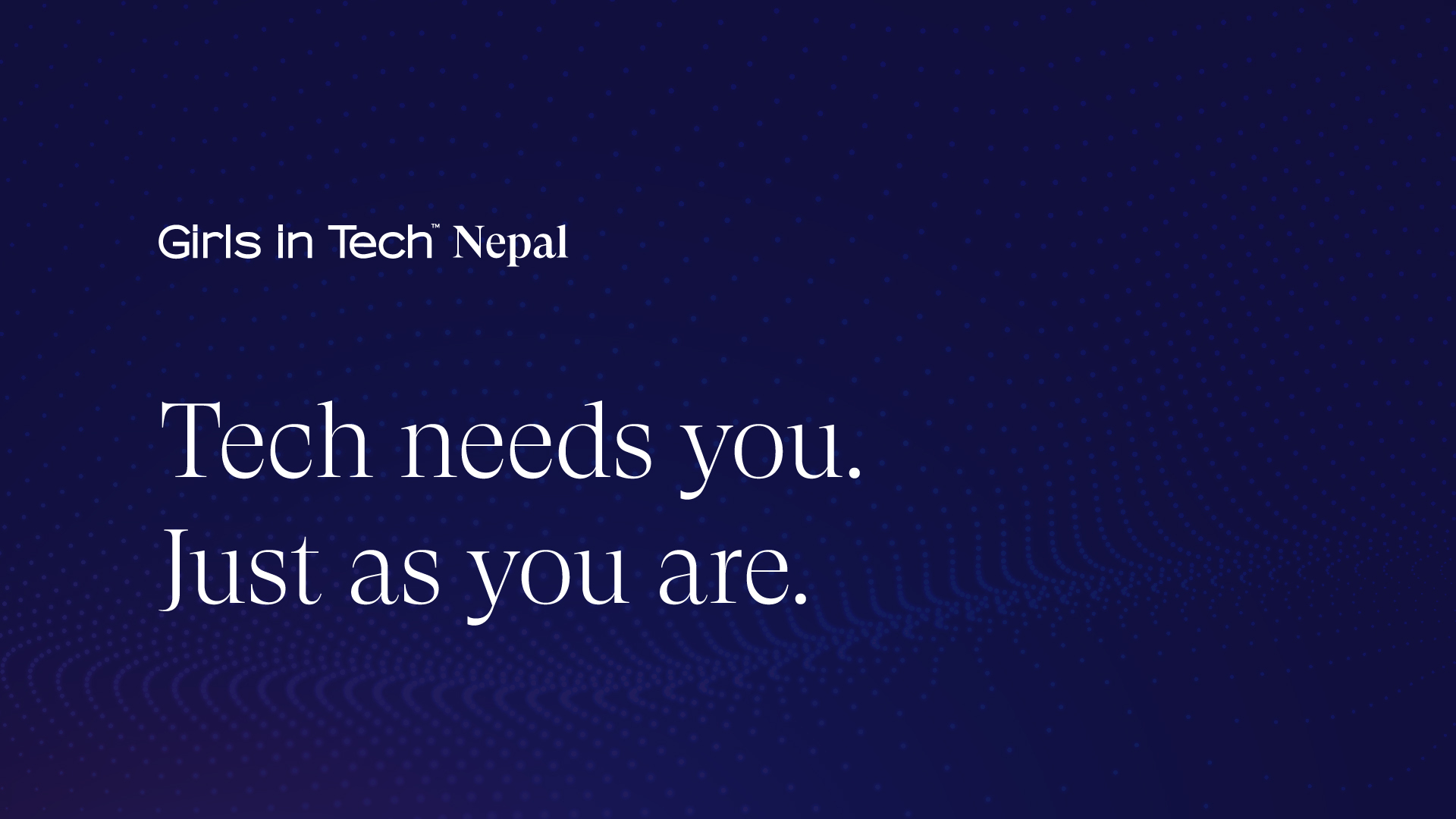You must have most certainly heard about the hype of RPA(Robotics Process Automation) in the tech industry these days. Let’s dive into what RPA is and bust out some of its myths.
RPA is one of the trending technologies in the tech industry these days. RPA configures software that will automate the activities previously performed by humans. The mind behind this process will be humans controlling the computer on which task to do, making all the judgemental calls, handling exceptions, and providing insights.
1. RPA is not a physical robot:
What pops into your head whenever you hear about robotics and automation? Most of you are probably thinking about robots, right? That’s where you are wrong. Robotics & automation doesn’t necessarily mean a physical robot. In layman terms, RPA is a software robot. RPA replaces repetitive, large volume tasks with a virtual workforce. It saves time and effort by making the whole process intelligently automated rather than a manual human process.
2. RPA is not driven by cost-saving:
Cost-saving is not the sole motivation for using RPA in large companies. Most companies do not consider cost as their major issues rather they are concerned about the quality of the task and how fast the work can be completed with fewer errors. By implementing RPA in tasks that were previously done by humans, the accuracy drastically increases. It is implemented in companies for better outcomes.
3. Software robots will take a human’s job:
Since the beginning of the invention of computers, it was said that computers would take our jobs leaving humans jobless. It is true that some jobs(lower-skilled) will be given to robots as the automation process is much faster and reliable, but on the other hand, it will create high skilled jobs for us. Let’s not forget that manpower is required to operate these robots and the robots lack the way of complex human thinking processes. If we keep on being updated on technology, then it is safe to say that we won’t go jobless. Thus, we can conclude that rather than taking away our jobs, it will create many opportunities and benefit both enterprises as well as employees.
4. RPA is not an AI system:
There are some similarities between AI and RPA but these are not the same. RPA performs jobs like handling repetitive tasks pretty well but neither does it have a mind of its own to know what task to do next nor does it learn by doing, unlike an intelligent system(AI). RPA is a doer whereas AI is a thinker. RPA performs tasks provided to it like clockwork which means it performs the tasks intended to do efficiently and effectively and nothing more. On the other hand, AI can detect some patterns and work like humans even when newer obstacles occur.
Overall, RPA is a newer and in-demand technology in today’s market. It will soon become the future of many companies not just in the IT sector but also in sectors banking, finance as it provides efficient, qualitative, and accurate outcomes. UiPath is the best platform to get started in learning RPA.
About the Author
Salina Karki is a final year Computer Engineering student at Kathmandu Engineering College, Kalimati. She is a Data Science enthusiast aspiring to make her career in the field of Data Science. She writes blogs as her hobby about the topic that interests her. Being an introverted person herself, she expresses her thoughts and feelings through blogs.
Follow her on Linkedin, Medium






